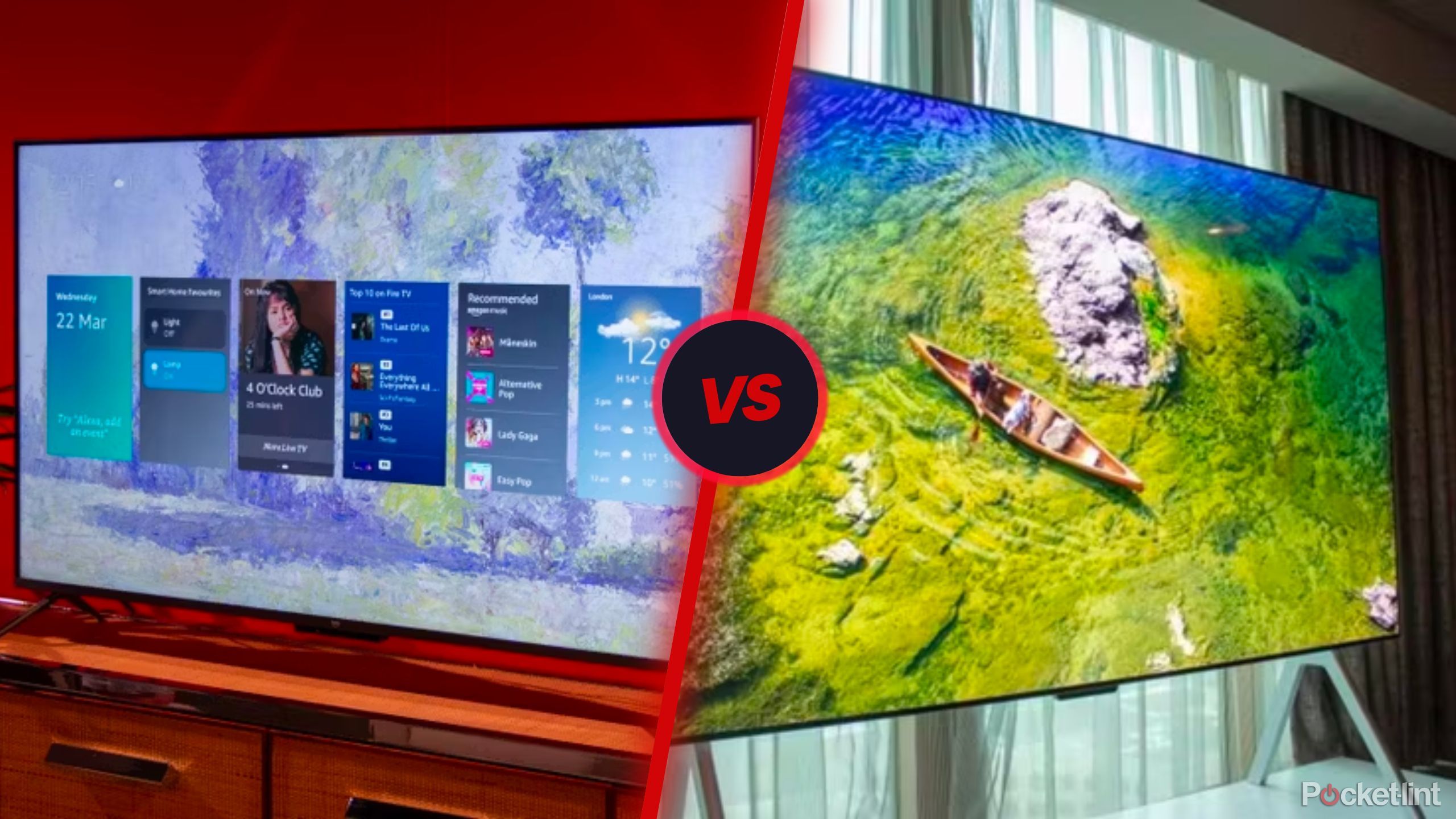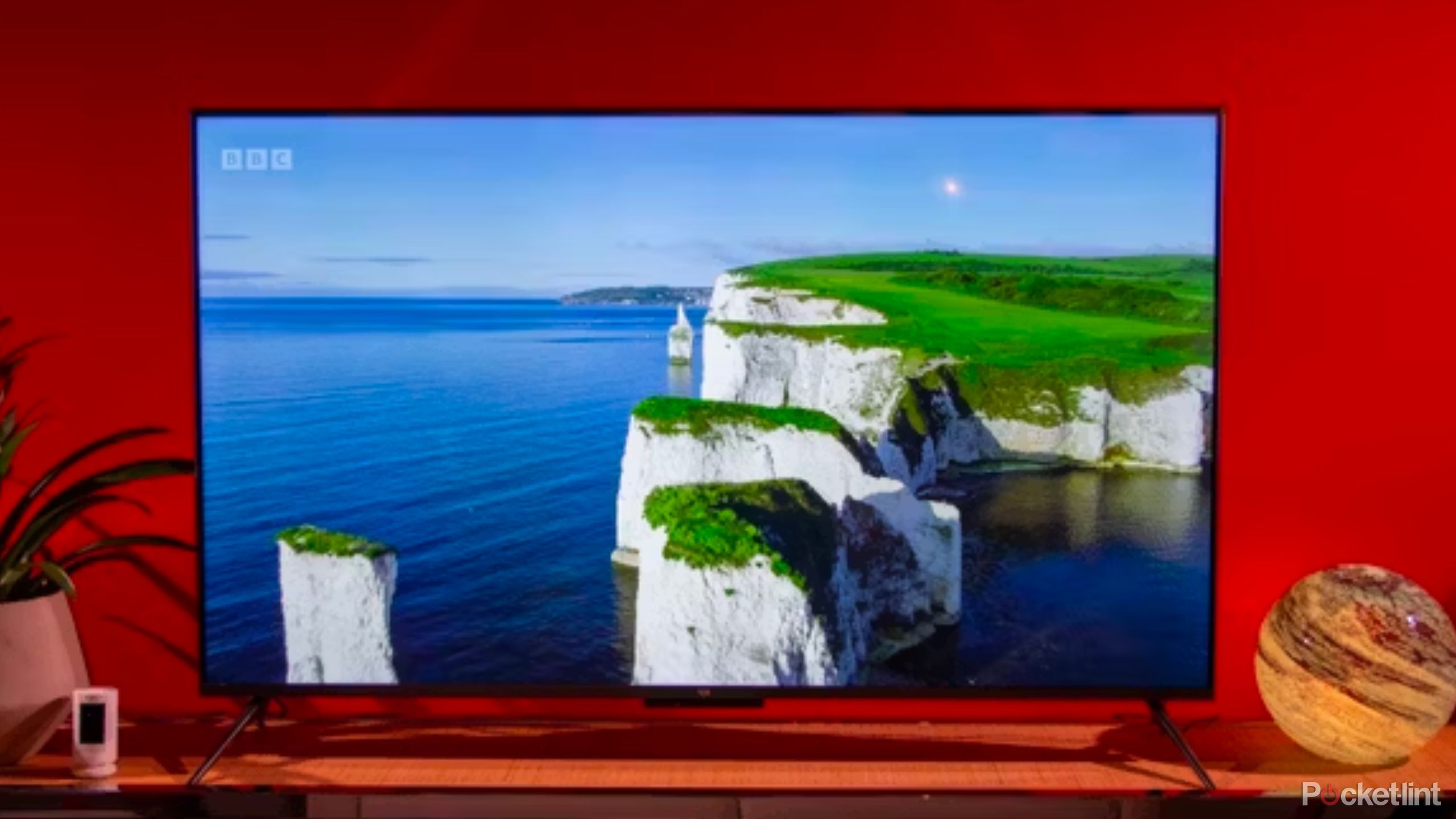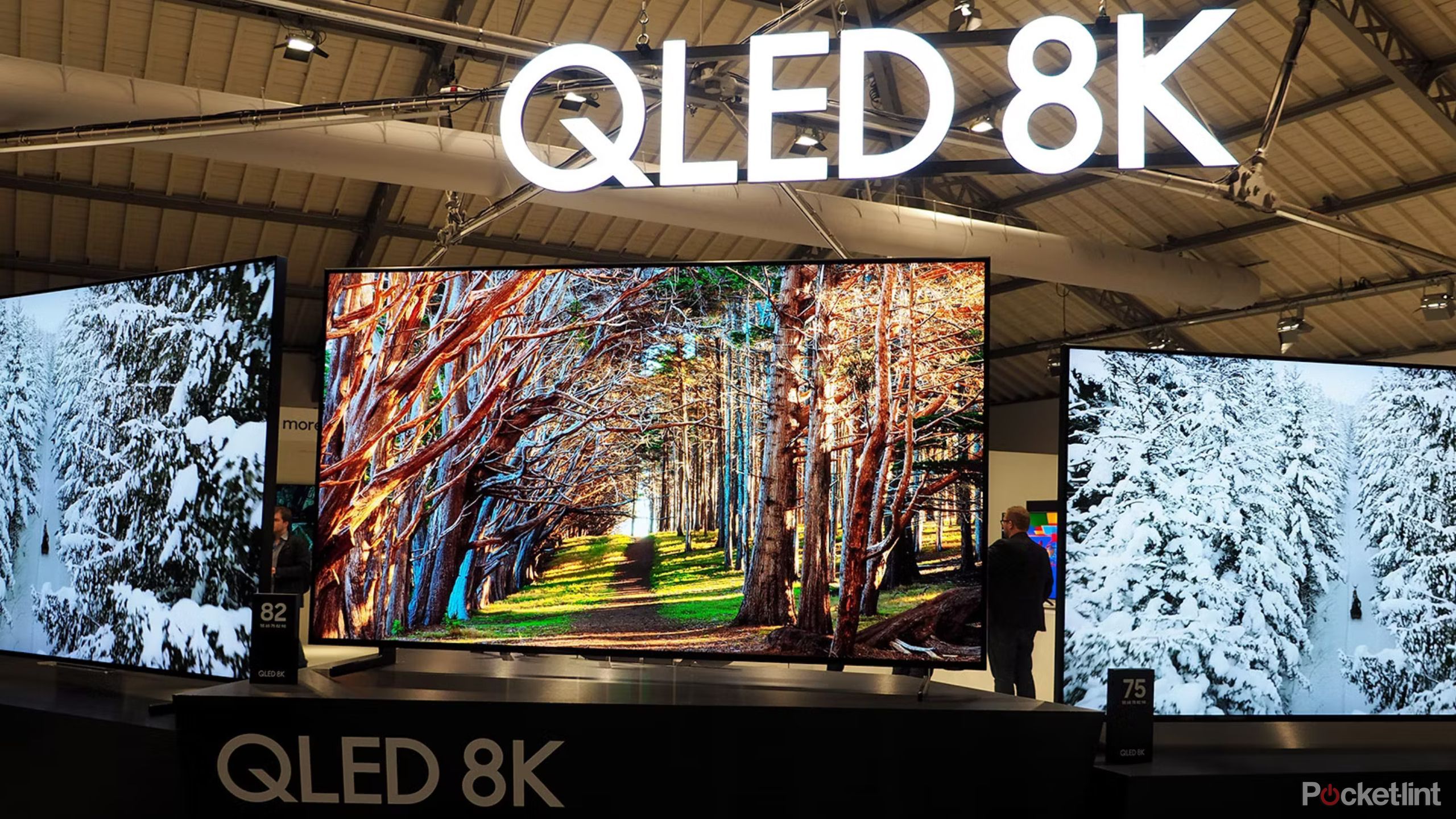Key Takeaways
- Design and fitting in to your space is a key focus of Samsung TV models.
- Samsung includes some niche, but iconic styles, like the Frame, Sero, and Serif.
- Samsung offers a great variety of price-points and models for every consumer’s budget.
For avid content consumers like me who want the most authentic and immersive viewing experience, deciding which top TV to get is a tough and important decision. Whether watching cheesy action-movies, dark prestige dramas, live sports, or playing my PS5, I want my smart TV to transport me to another world.
Whether watching cheesy action-movies, dark prestige dramas, live sports, or playing my PS5, I want my smart TV to transport me to another world.
It’s not as simple as saying one brand is better than the others; Sony bests Samsung in a few different areas, but the Korean powerhouse triumphs in some other areas. Here’s where Samsung gives you the edge over Sony and why it might be a better choice for your viewing experience.
3 reasons to buy a Sony TV over a Samsung TV
I was a Samsung faithful, but Sony’s latest innovations have me second guessing.
1 Samsung’s attention to design is top-tier
Slim and immersive aesthetic
Samsung is laser-focused on aesthetic and design throughout its lineup. It wants its TVs to be focal points of a room, whether the TV is actually on.
Most TVs feature thin bezels, which lends itself to a more immersive viewing experience: the smaller the black border around the TV, the bigger the screen seems and the less distraction there is. In fact, Samsung has taken the thin bezel to its most logical conclusion, which is to make them virtually obsolete. New innovations include Infinity Screen and Infinity One Design, which essentially removes the bezels. The visual effect is not to be underestimated: without a border, the TV not only looks bigger, but it’s more immersive too.
Samsung has taken the thin bezel to its most logical conclusion, which is to make them virtually obsolete.
Samsung is so all-in on a slim design and a clean aesthetic that it has also removed the cord hubs from the back of the TVs and put them in a separate compartment altogether. The Attachable Slim One Connect is a hub for HDMI2 and USB cables, and it is meant to be placed in the most convenient spot for the viewer. You can keep it on the back of the TV if you like, but if you’re mounting the TV, you can hide the hub off to the side. That way, you won’t have unsightly cables hanging from the back like I do and have to carefully place plants and figurines to cover them up.
If you plan to put the TV on the wall, it’s also worth investing in Samsung’s own wall mount, intended to keep the TV as flush against the wall as possible.
Some TVs also feature Ambient Mode, which displays photos, information, or even art, serving as a piece of decor rather than just obtrusive technology in your room. If it’s mounted, you can even take a photo of the wall behind and then upload it on the TV so that it appears to blend right in.
2 Samsung’s TVs are crowd-pleasers
Screens that appeal to the masses
Samsung’s top TVs in general forgo a bit of fidelity in favor of brightness, color and overall visual excitement. Sony leans more towards faithfully recreating the vision of the filmmaker, particularly with its new Creator Calibrated feature, which is useful if you’re watching something distinctly of a director; Christopher Nolan and James Cameron come to mind. For some consumers, however, it may be more enjoyable to watch something that’s easy on the eyes, capturing and holding your attention with bright colors and big explosions.

QLED vs OLED TVs: What’s the real difference and what does it even mean?
TV shopping is fun, but jargon heavy. We break down the differences between QLED and OLED technology, how they work, and which type is better for you.
Samsung TVs also typically offer a wider viewing angle than Sony’s, particularly in its QLED line. This is useful for those watching in smaller rooms or places where the TV can’t quite be set up in the perfect spot. If you regularly have people over to watch and need to pull in a few extra chairs, Samsung’s high-end TVs will accommodate even those on the periphery.
3 Samsung’s lifestyle TVs are niche yet impressive
The Frame is iconic
One area where Samsung reigns supreme is what we can refer to as lifestyle TVs: these are high-end models with a specific use or look in mind. The Terrace, for example, is a weather-resistant smart TV designed for viewing outdoors. The Frame, meanwhile, is designed as a work of art, with a unique, interchangeable frame and an ‘off’ mode that indeed displays works of art from an expansive gallery.

Best TVs for art display — the Samsung Frame isn’t your only option
If you want to turn your living room into an art gallery, check out these smart TVs that display famous paintings and photos when idle.
The Serif boasts its own unique artistic design, allowing it to be positioned on a tall mount in the middle of a room or sit sturdily on a TV stand or desk without legs. Notably, it features anti-glare technology and wide-angle viewing, best for open-concept spaces. There’s also the Sero, which feels more like a large smartphone than a small TV. At 43-inches, it can be rotated from landscape to portrait mode; ideal for those who stay social online.
4 Samsung has more choice
More models for every size and budget
Samsung provides more choices at all price points. It offers small 32-inch and 43-inch TVs that might be suited for bedrooms or dorms. For those on a budget, or simply anyone who just needs a good TV, Samsung still offers its Crystal UHD TVs of various sizes at a low price. In fairness, while Sony has struggled to offer mid-range TVs in recent years, that trend looks like it’s slowly changing with the recent X85L.

Best Samsung TVs: QLED, Mini LEDs, and more
Samsung is a pioneer in display technology. Here’s which TVs use its tech to the fullest.
Samsung reigns at the high end of the spectrum as well. Ultra-luxury models are available, like its lavish 98-inch Neo QLED Smart TV, provided you have room for it. Samsung also boasts a couple of TVs with 8K resolution, an innovation that, with so little content available in native 8K, still seems years away from being worth the investment.
If you place a premium on aesthetic, or are simply looking for a good TV on a smaller budget, Samsung’s range of smart TVs is worth exploring.
The battle for TV supremacy is increasingly tight and constantly evolving. Faithfuls of either Samsung or Sony have plenty to brag about, but it’s still worth looking at what the other side is doing to keep the market innovative and exciting. Samsung invests heavily in making not only the image on screen stunning, but also the design of the TV itself. If you place a premium on aesthetic, or are simply looking for a good TV on a smaller budget, Samsung’s range of smart TVs is worth exploring.
Trending Products

Cooler Master MasterBox Q300L Micro-ATX Tower with Magnetic Design Dust Filter, Transparent Acrylic Side Panel, Adjustable I/O & Fully Ventilated Airflow, Black (MCB-Q300L-KANN-S00)

ASUS TUF Gaming GT301 ZAKU II Edition ATX mid-Tower Compact case with Tempered Glass Side Panel, Honeycomb Front Panel, 120mm Aura Addressable RGB Fan, Headphone Hanger,360mm Radiator, Gundam Edition

ASUS TUF Gaming GT501 Mid-Tower Computer Case for up to EATX Motherboards with USB 3.0 Front Panel Cases GT501/GRY/WITH Handle

be quiet! Pure Base 500DX ATX Mid Tower PC case | ARGB | 3 Pre-Installed Pure Wings 2 Fans | Tempered Glass Window | Black | BGW37

ASUS ROG Strix Helios GX601 White Edition RGB Mid-Tower Computer Case for ATX/EATX Motherboards with tempered glass, aluminum frame, GPU braces, 420mm radiator support and Aura Sync










